Japan turns 60% of plastic waste into new useful goods, going as far as separate collection and recycling of yoghurt pots and lids. Russia recycles at least six times less polymer waste, but is showing rising interest in the best recycling practices used globally. See this issue for details.
The annual global output of polymers has grown eightfold over the past 40 years, growing two to four times faster than production of other materials. Fr om the environmental safety perspective, polymer producers stay ahead of virtually all other basic materials industries (metals, glass and concrete) by important metrics such as energy efficiency and CO2 emissions. According to Greenpeace, plastic waste recycling is three times less harmful to our planet than production of virgin polymers.
In developed countries, recycling, including polymer recycling, has long been a well-established industry, with a strong presence of both governments and private companies. For example, according to Avfall Sverige, the Swedish waste management association, the country recycles 99% of its household waste – the highest level globally – incinerating half of all waste and recycling the other half.
Sweden has even run out of waste, potentially leading to disruptions in power supply in cities like Stockholm, where almost half of the city’s electricity is produced by burning non-recyclable waste. Sweden has been buying waste since 2015, mainly from Norway and the UK, which are also working to reduce the number of their landfills. Polymer waste in Sweden may be recycled up to seven times before ending up in a furnace of a power plant.
Containers for separate waste collection in Sweden, recycling 99% of its household waste.
Germany is yet another leading waste recycler, with nearly 70% of its waste recycled (and a little less than 40% incinerated). In Germany, plastic recycling is a business yielding an average of EUR 1,000 per tonne (including plastic bottles, which are accepted through ubiquitous reverse vending machines). In 2017, the recycling industry had a turnover of around EUR 70 bn and employed 250,000 people.
In the 1990s, Germany introduced Dual System Deutschland, a framework for separate household waste collection and recycling of consumer goods packaging. This marked Europe’s first attempt at polymer waste recycling. At around the same time, Germany passed a law that requires manufacturers to pay a fee for the collection, sorting, and recycling of plastics they produce. The law also established that at least 36% of plastic products must use recycled materials. According to the most recent enacted regulations, by 2022, this figure is to reach 63%. In addition, next year Germany will introduce dedicated bureaus to monitor environmental compliance by industrial producers and keep track of the amounts of new plastics by maintaining a dedicated database.
German Dual System Deutschland (DSD), a system for household packaging waste collection and recycling. Photo: Der Grune Punkt YouTube channel.
Forced independence
In China, dozens of thousands of companies work in the waste management industry, with over ten thousand businesses engaged in plastic waste recycling. Nearly half of them are large and medium-sized businesses, and the industry's output is constantly growing. However, until recently China – the largest producer of waste globally – had no waste sorting in place. The country still has an impromptu community of waste collectors – they go house to house buying garbage and then sell it to recycling facilities. Chinese experts estimate that collectors process (by sorting and sending to recycling) roughly one-third of the country’s waste.
As the world’s factory that produces all kinds of products, China had been importing various kinds of recyclable waste, including scrap paper, metal and plastic, for nearly three decades. China’s landfills had been accumulating out-of-service household appliances to have them taken to pieces, including plastic parts, and then sold to recycling businesses.
According to Science Daily, since 1992, China imported almost a half of all waste produced globally. At the same time, two-thirds of the country’s own waste went to landfills, and quite often illegal ones.
Chinese waste collector goes house to house buying garbage and then sells it to recycling facilities.
However, China has recently taken a serious approach to the environment and recycling. Last year, the Chinese government set tough restrictions on imported recycled commodities. In particular, a complete ban was introduced on unsorted scrap paper and plastic, including plastic bottles, causing turmoil for many nations as recycling sites in Europe were strained at their full capacity and the US accumulated immense amounts of waste paper, with its prices dropping by 35–40%.
Evidence suggests that the success of the EU’s recycling system was to a large extent underpinned by exports – in 2017, out of the 8 mt of plastic waste collected across Europe, nearly 2 mt were sent to China. Science Daily estimates that if plastic production and recycling volumes remain unchanged, the ban on foreign garbage sales to China will result in over 110 mt of plastic waste accumulating worldwide by 2030, most of it in the US and Europe.
Plastic strategy
In January, the European Commission published A European Strategy for Plastics in a Circular Economy, stipulating that all plastic packaging in the market must be either reusable or recyclable by 2030. Waste sorting and recycling capacities in Europe are to increase four-fold. The Commission believes that these measures will create more than 200,000 new jobs.
In order to cut down on the amount of non-recycled plastic, France is introducing a new tax system for polymer packaging starting next year – consumer goods with non-recyclable packaging will be penalised and become considerably more expensive, while identical goods in recyclable polymer packaging will see their prices drop by an average of 10%. France is now recycling about a quarter of its polymer waste, almost twice as little as Germany and the Netherlands. The proponents of the new system believe it will change things for the better within the next seven years as part of France's pledge to use only recycled plastics by 2025.
Starting next year, France will see a spike in prices for goods with non-recyclable packaging.
The Netherlands, one of the most eco-friendly countries in the world, never stops improving its practices of managing waste, including polymer waste. In June, the port of Amsterdam started the construction of a new facility that will convert non-recyclable plastic into marine fuel. Bin2Barrel, a Dutch company developing the project, plans to launch the facility as early as the end of this year. Going beyond simple plastic recycling, the new plant will be accepting waste that no other facility can recycle. The plant is expected to produce nearly three times as much energy as direct incineration of plastics, with air emissions going down by 57 mt per year. It is designed to produce 30 million litres of fuel annually by recycling 35 kt of plastic.
Rotterdam’s Floating Park is another unique project created by the Recycled Island Foundation. It is a system of floating structures that act as litter traps and retrieve waste, including plastic, from rivers and canals and prevent it from flowing into the ocean. A passive litter trap uses the natural flow of the river and collects plastic from water for further recycling. The resulting recycled plastic is then used to create new parks. The parks are floating pods of various height that are attached to the river beds. Several platforms have already been installed along the Rotterdam’s Maas River. The platforms have soil on top for new vegetation designed as an attractive habitat for waterbirds and fish, with plants and algae also growing on the pods' underwater parts.
Rotterdam’s Floating Park for plastic waste retrieval. Photo: facebook.com/pg/RecycledPark
Best collection system
Japan is a global leader in plastic recycling. Due to its limited area and no capacity for landfills, Japan was one of the first nations to be faced with recycling issues. Only 10% of waste in Japan now ends up buried – the rest is incinerated or recycled as part of an approach that is constantly honed and upd ated. Over the past 20 years, Japanese industries have more than doubled their reliance on reused plastic, with its share going up from 40% to 85%. The key driver behind it was a 1997 law that required businesses and households to separate plastics from other types of waste. Today, Japan's waste sorting system is among the most complex ones globally – in some municipalities, garbage is sorted into as many as over 30 different categories. In the simplest examples, waste is divided into combustible and non-combustible, with paper, glass, and plastics all collected separately. The latter then serves to produce reusable plastic packaging. All polymer waste, except plastic bottles, must be washed and put in a transparent bag. Thanks to the strong involvement of the general public, different collection dates (different types of waste are collected on a designated day of the week), and a well-developed network of sorting stations in nearly every neighbourhood, the Japanese waste recycling system is highly efficient.
Japanese fans pick up rubbish after a World Cup match between Colombia and Japan in Moscow.
The Primorye Territory will be home to a new international joint project after Ava-Trade (Russia) and Super Faiths (Japan) signed an agreement to build a waste-to-fuel facility running on diapers and bed pads. Both diapers and pads are slow-degrading products and incineration is not an option: when combusted, they produce harmful substances, but the Japanese technology will help to recycle them into fuel briquettes for safe use in boilers and household heating systems.
Zero-waste sport
Japan has been running trash-picking sports competitions since 2008 – over 500 tournaments so far. The Japanese believe that these do more than simply cleaning up neighbourhoods – they also change attitudes: after taking part in trash-picking, people will never again be throwing candy wrappers into a bin for plastic, let alone on a pavement. By the way, Japan’s experience was successfully adopted in Russia – a trash-picking competition held in Tomsk helped to collect more than a tonne of garbage.
Russia in transition
According to various estimates, Russia recycles 5–10% of its waste. Plastics make some 8% of this figure, and only one tenth of that is recycled.
In July, the Ministry of Natural Resources and Environment published a ranking of Russian regions most heavily involved in polymer recycling. The leaders are the Moscow Region (13), Sverdlovsk Region (9), Rostov Region (5), and the Republic of Tatarstan (5) – a total of 78 facilities in 28 regions. Dmitry Kobylkin, Minister of Natural Resources and the Environment of the Russian Federation, believes that the industry could do better. “Waste recycling needs to be growing at a faster pace, and we as the regulator must provide the right conditions for small and medium businesses. The task is challenging, but we are already adopting a responsible approach to waste management,” said Mr Kobylkin.
Plastic recycling shop at the Komsomolskaya Pravda Plastic Recycling Plant in St Petersburg.
According to data from the industry, the Russian polymer recycling market may grow two to five-fold over the next five years depending on the waste type. The biggest challenge at hand that prevents businesses from opening new facilities is the relatively small amount of sorted waste, as waste sorting in Russia is still at its inception stage. Incentives from the government for households, manufacturers, and recycling businesses are vital to building an efficient system. Also, the few Russian recycling facilities that already operate are unable to utilise 100% of their capacities due to the lack of waste available. Technoniсol, a Russian construction materials producer, intends to build a plastic recycling plant in the Khabarovsk Territory, with plans to import thee feedstock from the neighbouring Japan. Sergey Kolesnikov, Technoniсol President, said at the St Petersburg International Economic Forum that his company would be accepting Russian plastic waste as well provided that it is separated properly. “Without waste sorting, it is hardly surprising that we will be importing waste from Japan,” commented Mr Kolesnikov.
Incentives required
In 2018, Russia introduced a list of waste types that are banned from landfill. These include ferrous and non-ferrous scrap metals, mercury-containing products, etc. Wastes such as paper, cardboard, new and old tyres, glass, and polyethylene are also banned starting next year. From 2021 onwards, the ban will apply to IT equipment, household appliances, and batteries. At the same time, some regions are already pilot testing waste sorting before moving to a full-fledged roll-out. According to the Head of the Department for Environmental Management and Protection, they aim to have the waste sorting system fully implemented in Moscow by 2021, while in the Moscow Region it is scheduled for as early as next year, says Alexander Kogan, Minister of Environment and Natural Resources of the Moscow Region. The system is se t to provide an impetus to further develop polymer recycling and to launch new facilities.
Many market players confirm that today, demand for recycled polymers in Russia is on the rise. Polymer recycling can achieve considerable production cost savings by providing less expensive raw materials. According to Stolitsa Polimerov (The Capital of Polymers), a processing facility located in the town of Dzerzhinsky in the Moscow Region, high-quality recycled polymers are twice cheaper than virgin polymers when used as feedstock.
However, many players in the recycling market raise a concern that a strong demand for recycled materials is attracting a large number of companies looking to make easy money from low-quality recycling. As a result, plastic product manufacturers are unhappy with the quality offered by this type of businesses, which damages the reputation of recyclers across the board. Probably it is the government that will have to tackle this issue going forward. To do that, it will need new regulatory requirements in place to make sure that the quality of recycled materials is not compromised.
Constantin Rzaev, Chairman of the Board of Directors at EcoTechnologies, admits that currently PET (primarily PET for bottles) is the most mature recycling segment in Russia. Recycled PET is used mostly to make packaging tapes, plastic containers, including new bottles, and polyester fibre. Yet, recycling polypropylene, polystyrene and polyvinyl chloride is still on the to-do list of Russian companies – and a solution is most likely to be on its way in response to the strong demand for this feedstock.
Polymer: from waste to recycling
Waste collection points. They work both with households and various industrial facilities, collect polymers and carry out initial sorting.
or
Waste collection at solid waste landfills. There are special companies to sort and collect polymers for further recycling.
Secondary market. After collection and initial sorting at a recycling plant or site, polymer waste reaches the secondary market, wh ere other waste from large industrial facilities are also available for sale. Such waste is usually less contaminated and does not require thorough treatment, in contrast to household waste.
Waste recycling centres. Recycling centres purchase waste prepared for reuse and recycle it.
Download PDF

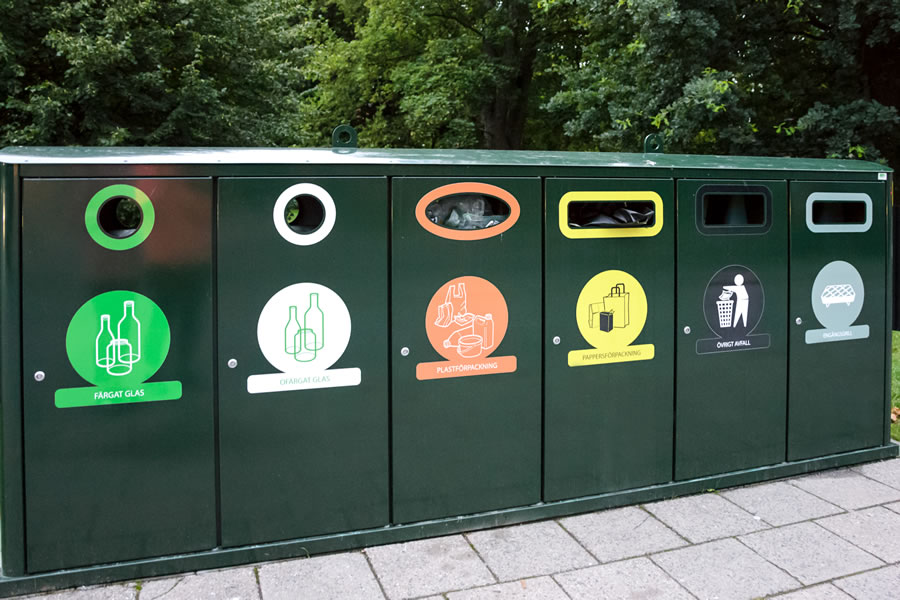
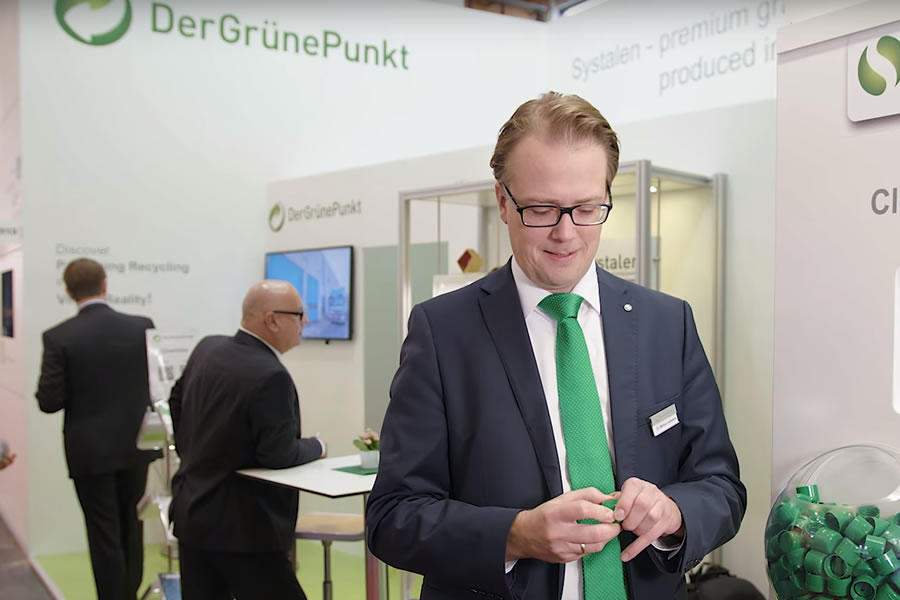
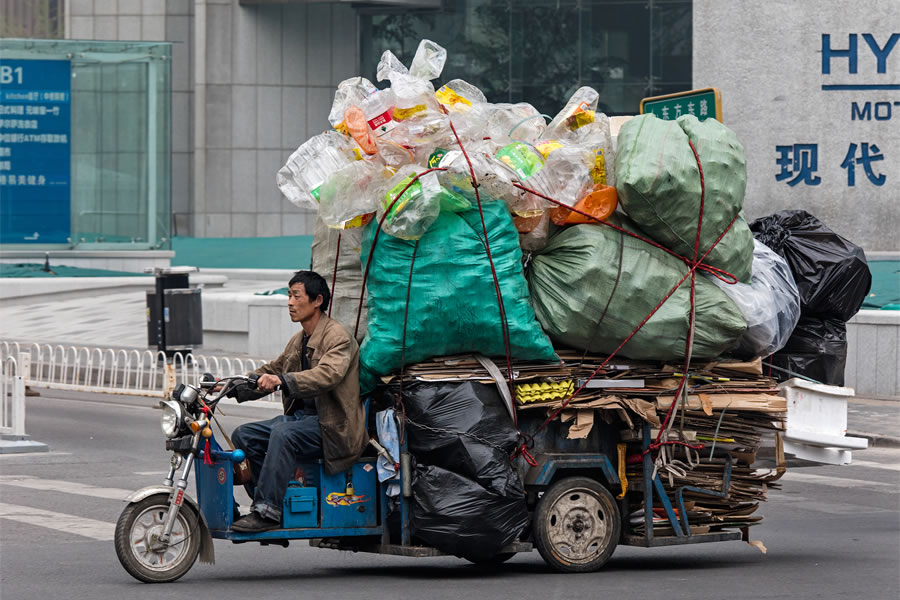
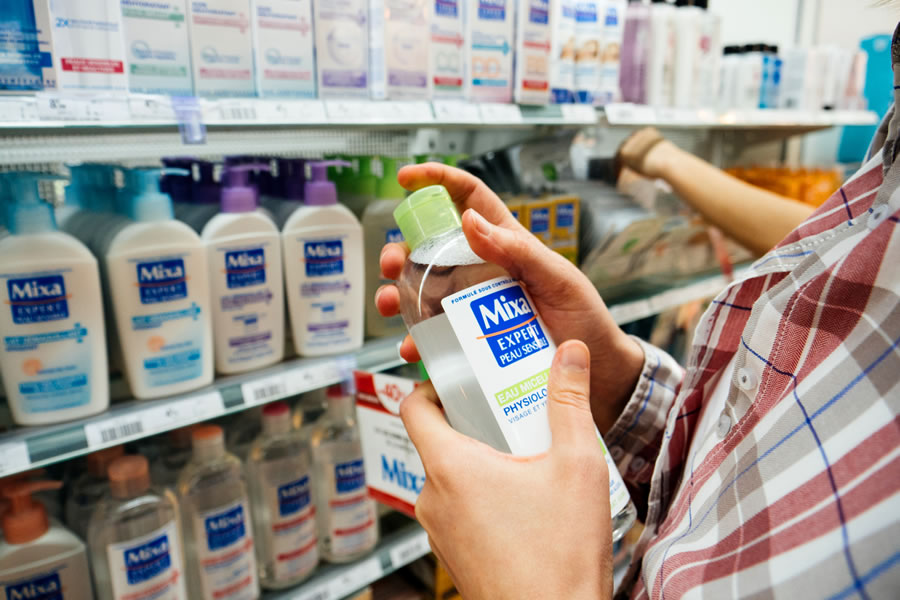
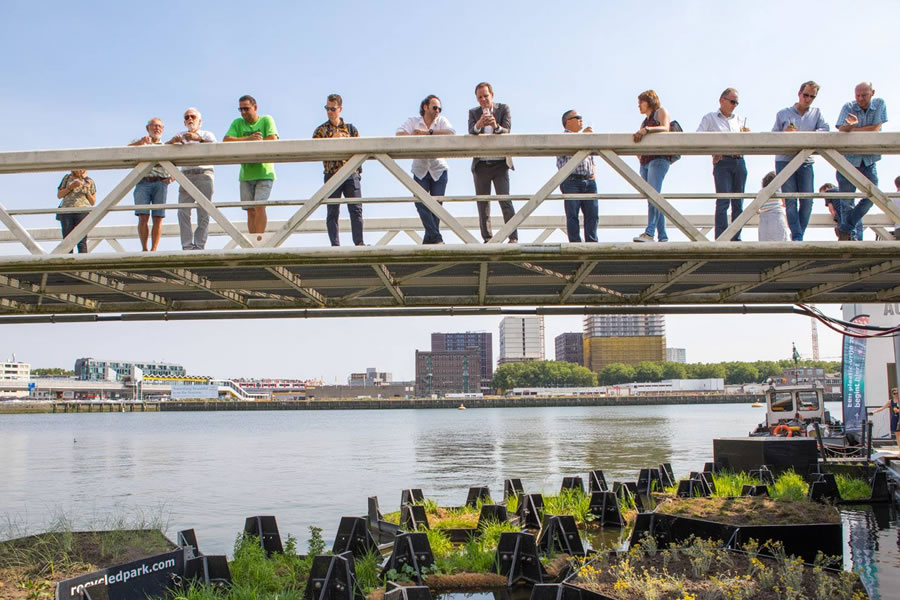
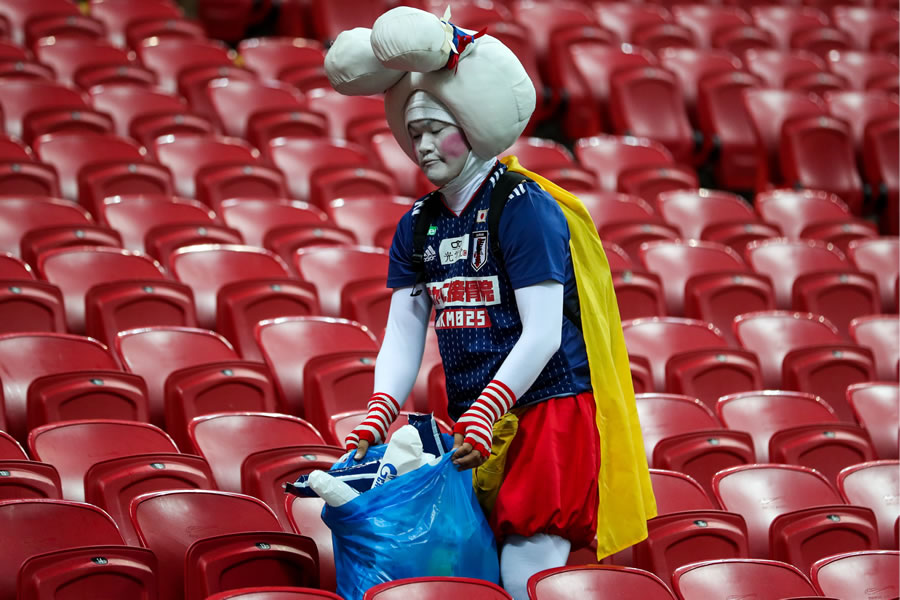
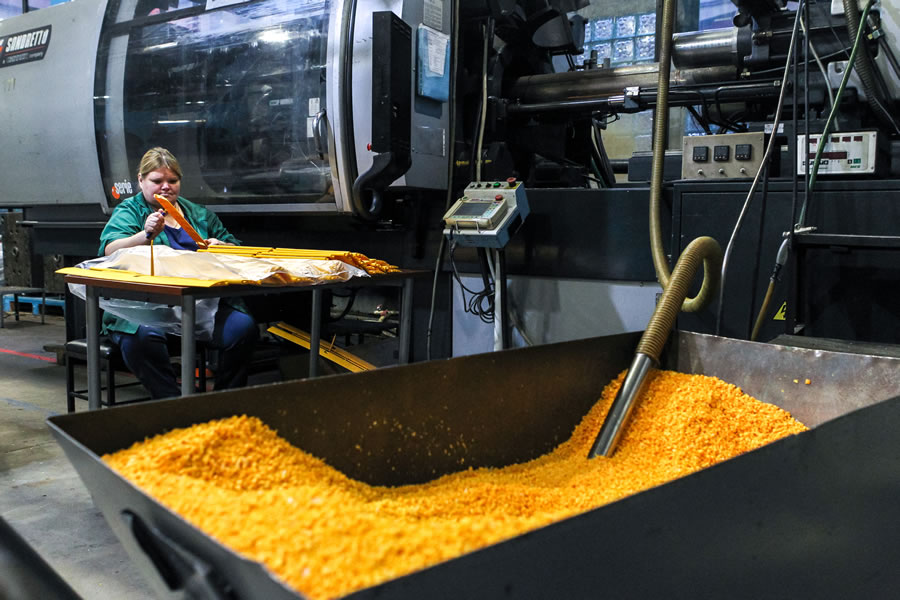
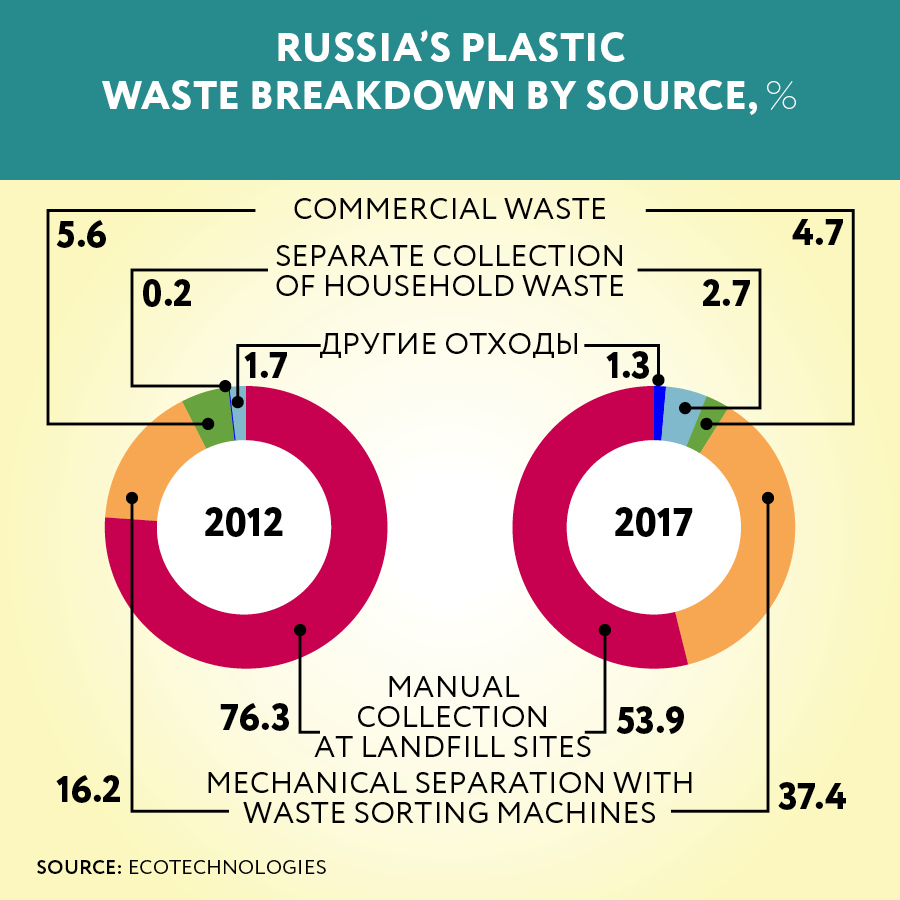
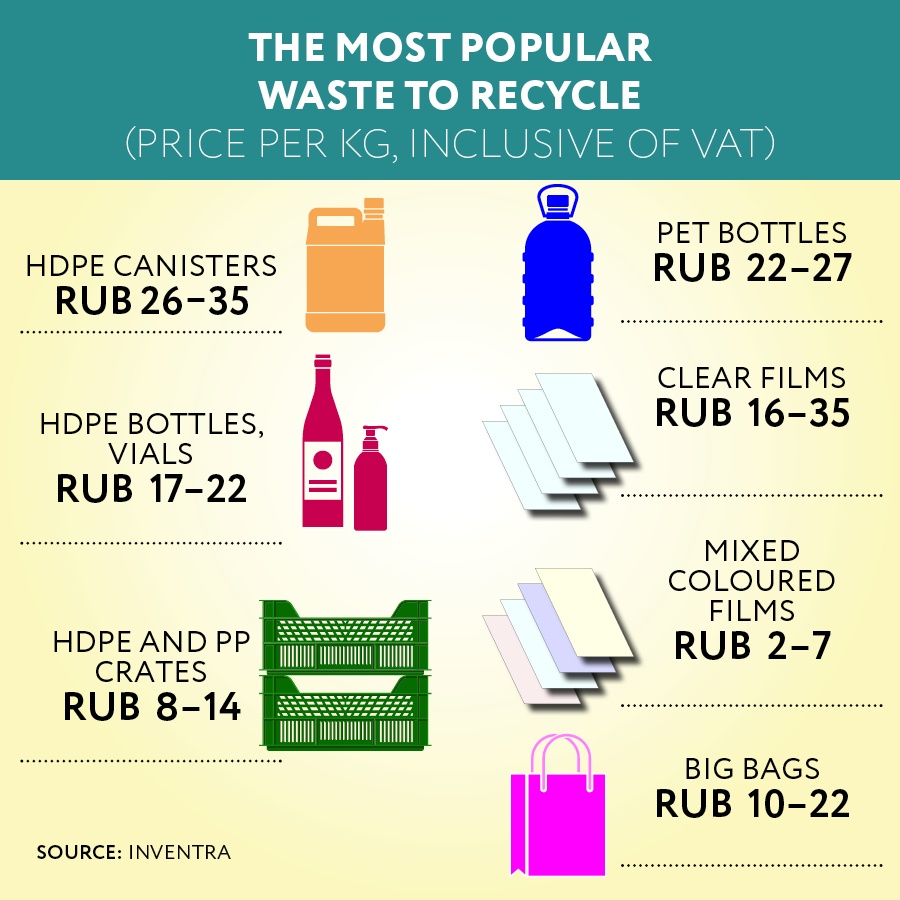



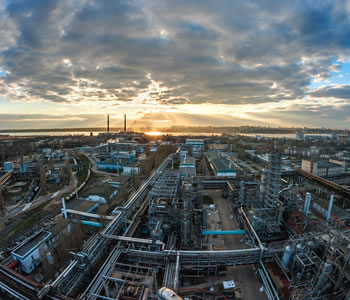
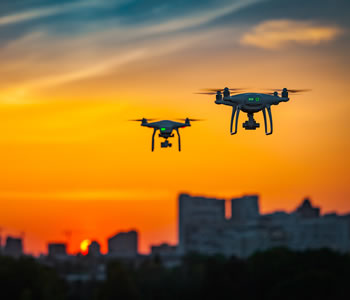
Plastic bottles pay your subway ticket
The Beijing subway accepts plastic bottles in return for travel credits. One ride is about 20 bottles (RMB 0.1–0.5 each). Reverse vending machines on the streets can also be used to top up mobile phones.